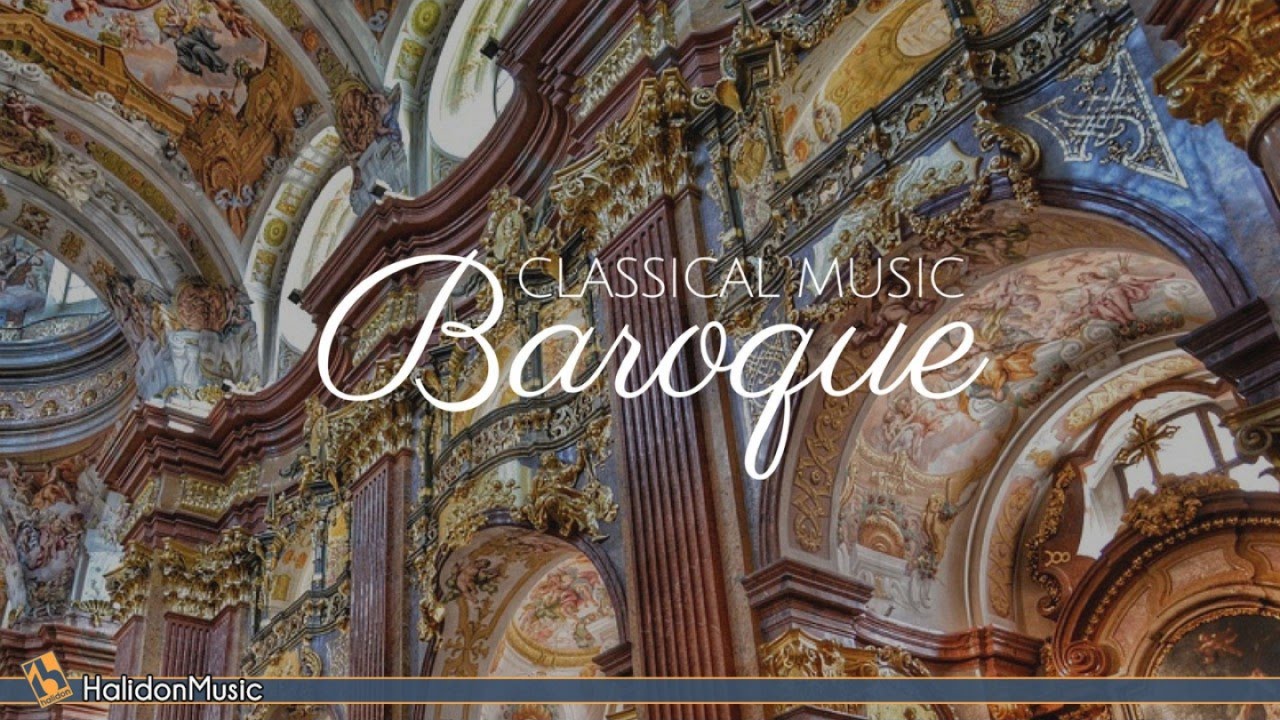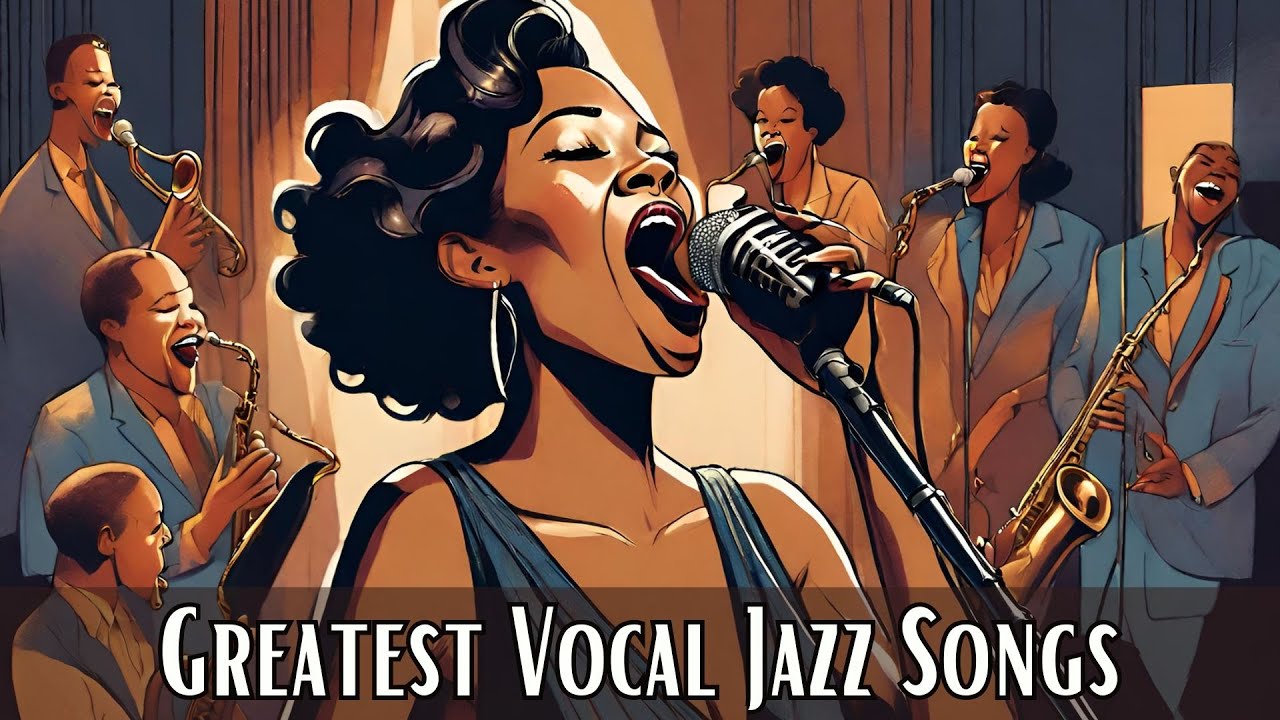The Baroque era, spanning the 17th and early 18th centuries, was a time of great innovation and creativity in music. Characterized by its ornate ornamentation, dramatic contrasts, and expressive melodies, Baroque music continues to captivate audiences today.
Key Characteristics of Baroque Music
- Ornamentation: Baroque music is often adorned with elaborate embellishments and flourishes, adding to its decorative and expressive quality.
- Contrast: Baroque composers frequently employed contrasting sections, such as fast and slow movements, major and minor keys, or loud and soft dynamics.
- Expressive melodies: Baroque melodies are often highly expressive and dramatic, conveying a wide range of emotions.
- Counterpoint: The use of counterpoint, which involves the simultaneous sounding of independent melodic lines, is a hallmark of Baroque music.
- Harmonic richness: Baroque music often features complex harmonies and chord progressions, creating a rich and textured sound.
Famous Baroque Composers and Their Works
- Johann Sebastian Bach (1685-1750):
- “The Well-Tempered Clavier”
- “Brandenburg Concertos”
- “St. Matthew Passion”
- George Frideric Handel (1685-1759):
- “Messiah”
- “Water Music”
- “Fireworks Music”
- Antonio Vivaldi (1678-1741):
- “The Four Seasons”
- “Concerto for Two Violins in D minor”
- Henry Purcell (1659-1695):
- “Dido and Aeneas”
- “King Arthur”
- Arcangelo Corelli (1653-1713):
- “Twelve Concerti Grossi Op. 6”
The Legacy of Baroque Music
The Baroque era produced some of the most influential and enduring works in Western music history. The innovative techniques and expressive language developed during this period have had a profound impact on subsequent composers and continue to inspire audiences today.
Would you like to know more about a specific Baroque composer or piece of music?



